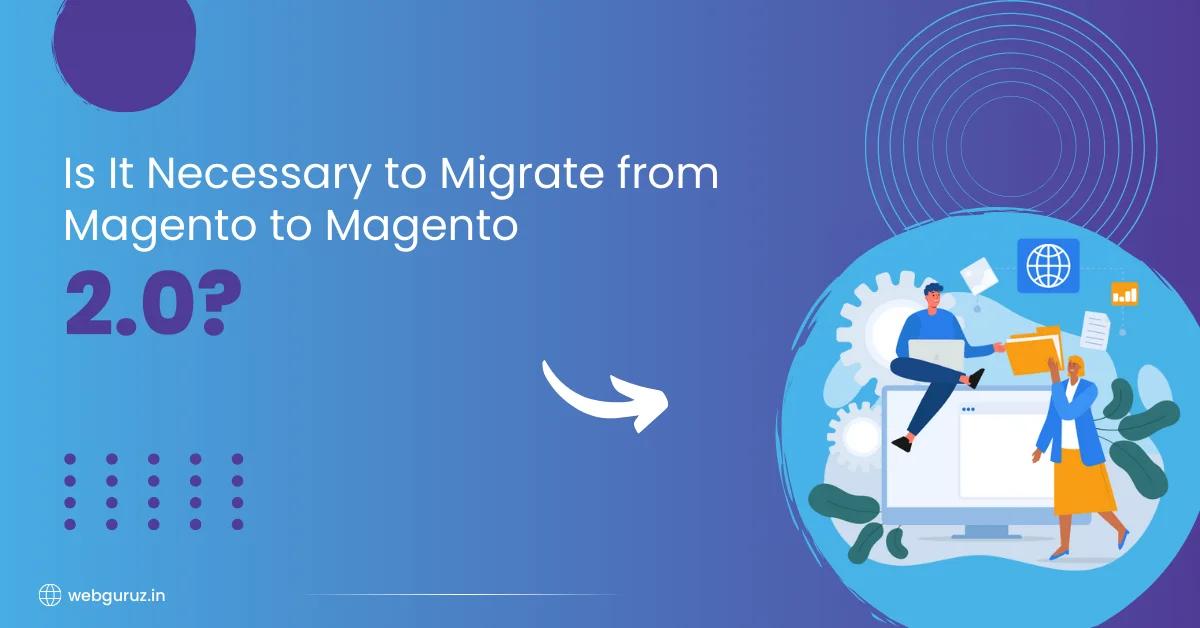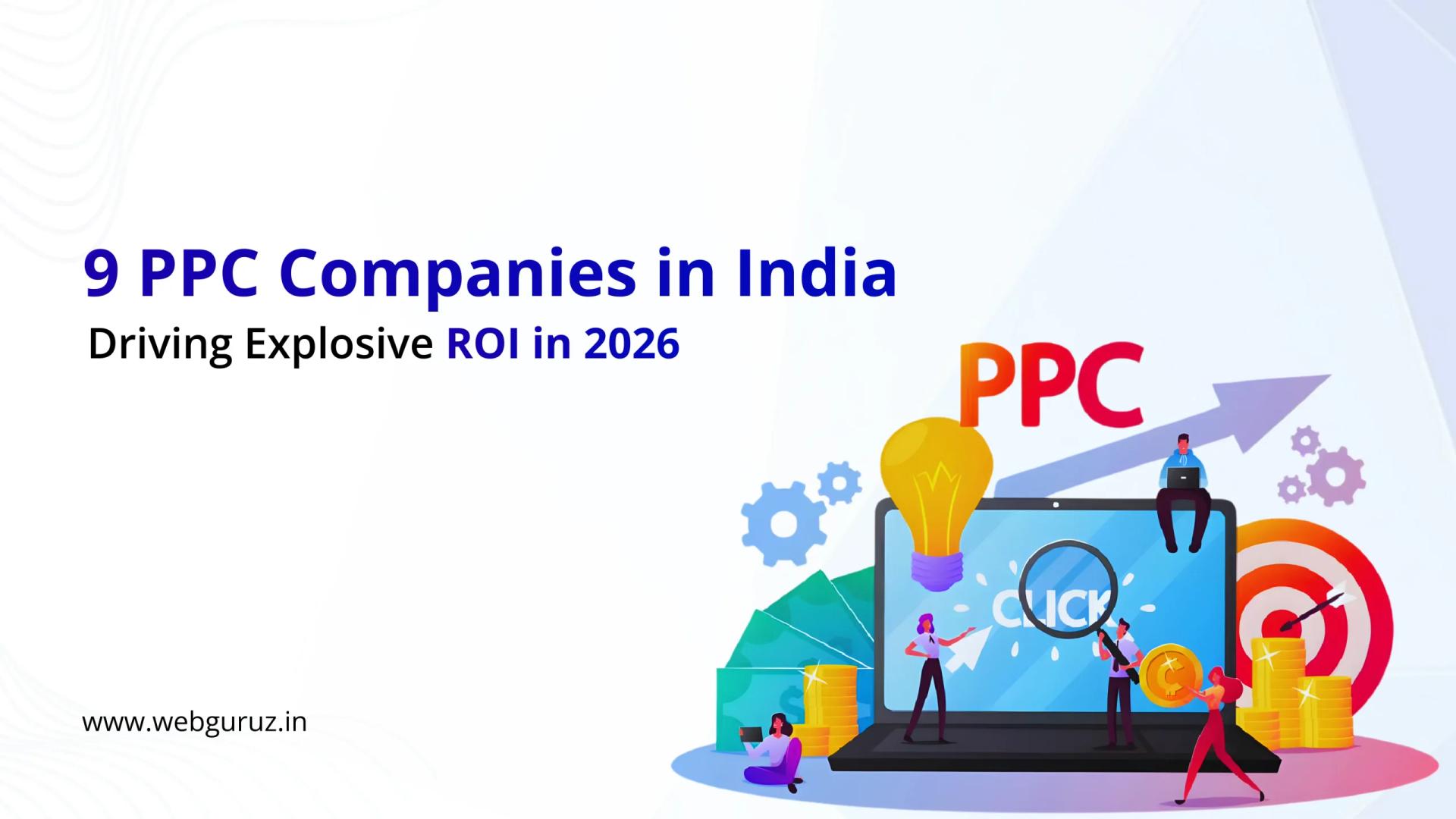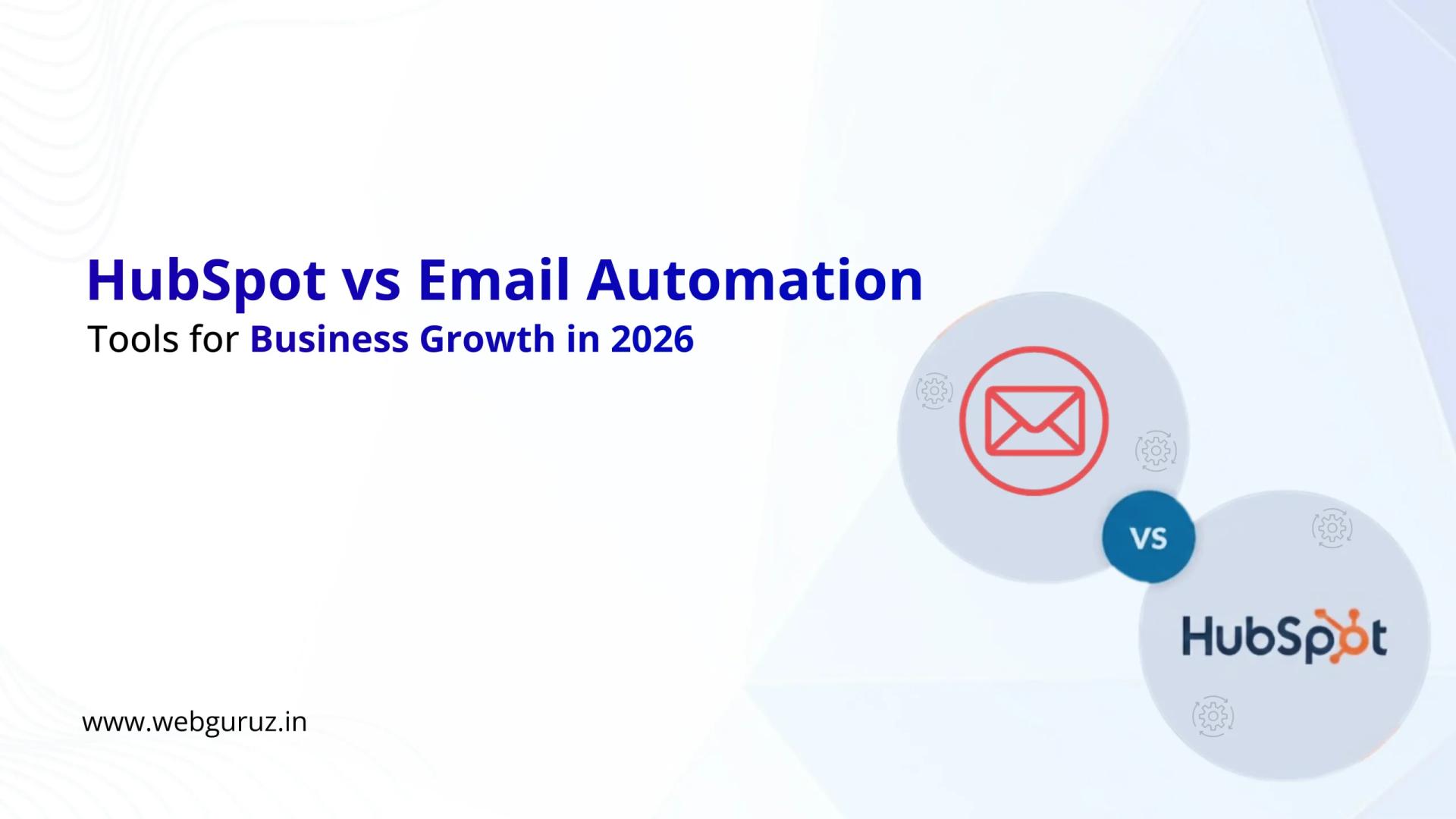1. Difficult Process: The architecture and database design of Magento and Magento 2.0 are totally different. This makes migration time-consuming and complicated.
2. Migration of Extensions and Themes: Most of the Magento extensions and themes are incompatible with Magento 2.0. However, certain extensions can be migrated.
3. Performance Issues: Despite all precautions and all steps taken for migration, you might experience error messages. You will need the assistance of certified Magento developers to resolve these.
This leads us to the question, “Is it really necessary to Migrate?” Despite the numerous benefits offered by Magento 2.0, there is still a confusion regarding whether to migrate or not. The reasons for this are the cost and the fact that the marketplace and community are not mature enough on Magento 2.0.
Whether you need to migrate to Magento 2.0 from Magento will depend on the performance of your site currently. If your store is small and Magento fulfills its requirements (such as your site is performing well, you are receiving orders and you are not using an outdated version) then it does not make much sense financially or technically to migrate.
On the other hand, if you are using an outdated version or even a new version with poor performance with a number of third-party extensions, it is time to consider revamping it.
However, as seen, the stability of migration is still an issue currently. At the present time, if you can allocate the budget and dedicate resources for migration, it can be considered. If you do not have any major performance issues with your site, it is recommended that you hold on for some time before migration. This is because Magento 2.0 is in its development stage and waiting will probably offer more options and themes to the users.











